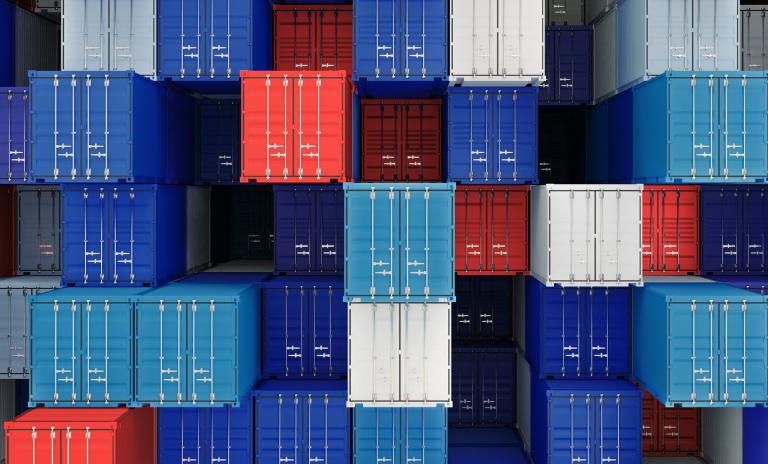Tight margins. Tough decisions. Roland Berger helps you optimize to outperform.


Solving Germany’s procurement paradox
By Maxim Przystaw and Jonas Schultz
How German manufacturers can unlock EUR 100 billion in material cost savings
Germany’s manufacturing sector is at a strategic crossroads. For many industries, material inputs now consume a larger share of turnover than ever, yet production output has stagnated, creating a ‘procurement paradox.’ In early 2025, industrial production remained roughly 10% below pre-Covid levels in real terms; meanwhile, producer prices soared nearly 33% in 2022 alone and remain high. This mismatch has led to inflated costs without any rise in output, eroding competitiveness and margins.

"Our industry faces a paradox where production remains flat, but procurement spend continues to rise. The key is to shift from reactive cost management to proactive value creation, using data and technology to make more strategic sourcing decisions."
Business sentiment reflects this pressure. In April 2025, the manufacturing purchasing managers’ index sat at 48.3 – below the neutral 50.0 threshold for the 35th consecutive month, highlighting persistent pessimism. In response, many companies have resorted to job cuts or idled production capacity – a worrying development for an export-driven economy founded on efficiency.
There are numerous macroeconomic and structural causes behind this development. Cost drivers include persistent inflation, energy volatility, geopolitical shifts, climate regulations, and labor shortages. Simultaneously, many firms are insufficiently prepared to manage these risks. A lack of visibility across their supply chains – particularly in relation to sustainability – is a serious issue.
Unlike past cycles, many of these pressures are unlikely to fully abate in the near term, creating a new normal of elevated costs for German manufacturers.
_image_caption_none.jpg?v=1432626)
Balance short-term recovery with long-term transformation
Still, there is a major opportunity here: smarter procurement could unlock up to EUR 100 billion in material cost savings across German industrial firms – equivalent to boosting industrial GDP by several percentage points.
How can this be achieved? In a new report, we analyze current procurement trends in German manufacturing and present a dual-track strategy that balances short-term recovery with long-term transformation.
- Rebound: Recover money lost to inflated costs through contract renegotiations, supplier consolidation, and tail-spend optimization.
- Prepare: Build up resilience by diversifying suppliers, hedging price volatility, integrating cost pass-throughs, and making sustainability a sourcing priority.
Procurement needs to move from reactive firefighting to strategic foresight. Our study also takes a detailed look at four major purchasing categories, highlighting the need for tailored action. For each one, we look at volatility, key drivers of change, the implications for procurement teams, and benchmarks to guide industrial firms in their strategic decision-making. They are:
- Industrial and precious metals
- Energy and utilities
- Chemicals and plastics
- Freight and logistics
By executing this dual-track strategy, German manufacturers can ease current margin pressures and secure long-term supply chain resilience. Ultimately, we believe they can reduce material costs by between 5% and 10% in many categories.
Make procurement a strategic pillar
The stakes are high: Germany’s role as an industrial powerhouse hinges on transforming procurement from a back-office function into a strategic driver of cost leadership and innovation.
Solving the procurement paradox of rising costs and falling output won’t happen overnight. It requires a huge number of individual actions, from renegotiated contracts to re-engineered products, and optimized freight lanes.
But the opportunity for decisive organizations to unlock a share of the EUR 100 billion in potential material cost savings is real – if they make procurement a proactive, cross-functional value creator.
Register now to access the full study and explore how smarter procurement can unlock material savings.
Furthermore, you get regular news and updates directly in your inbox.





